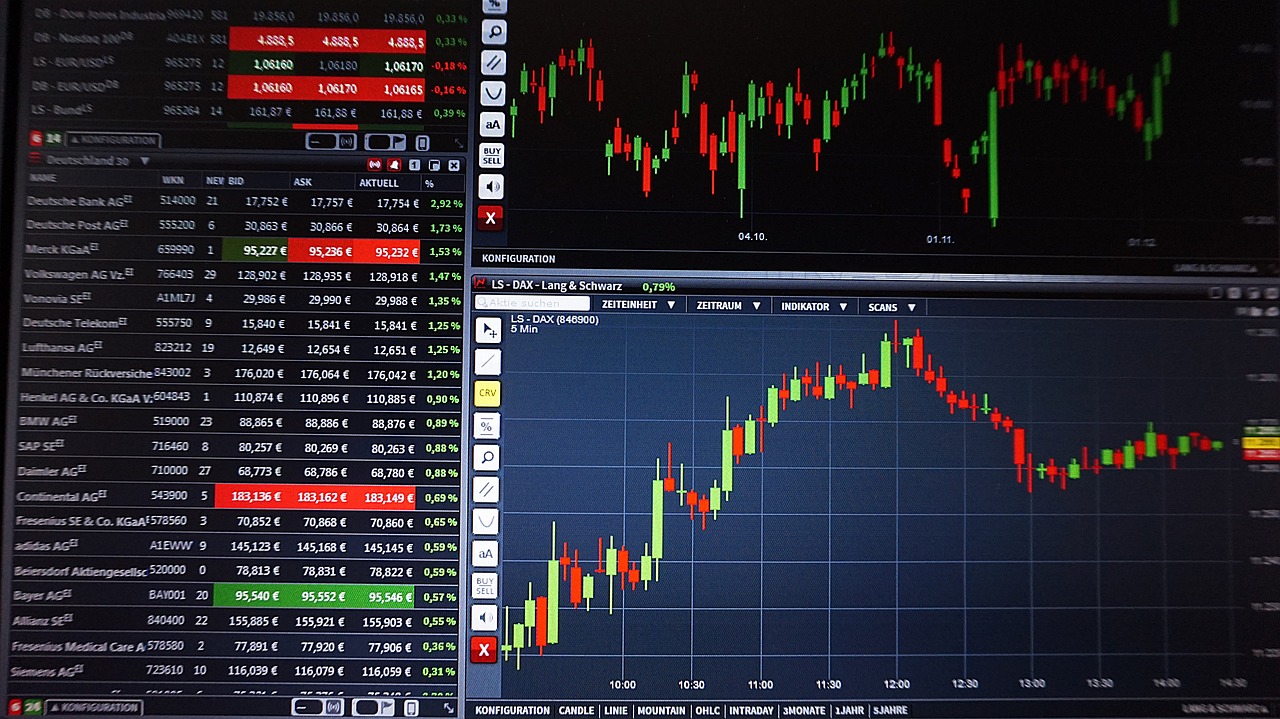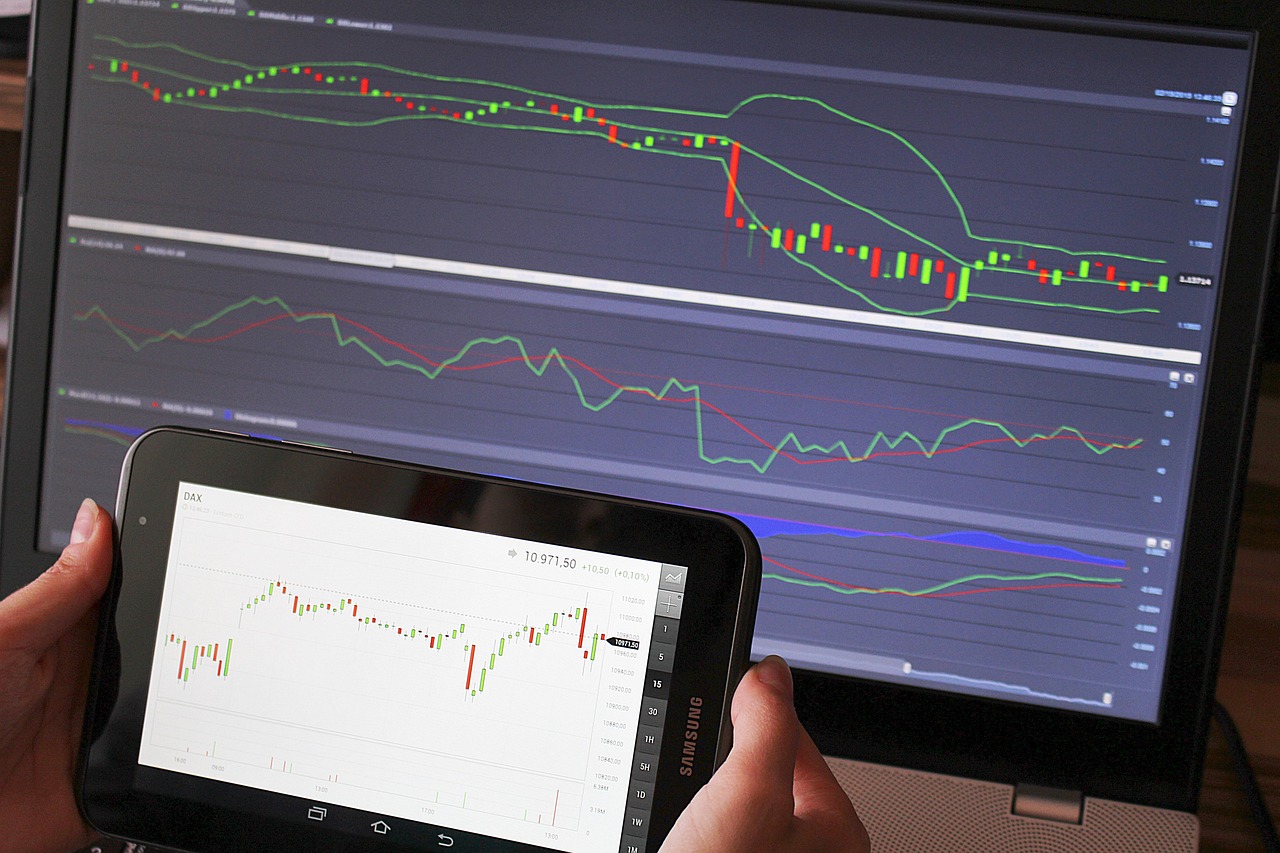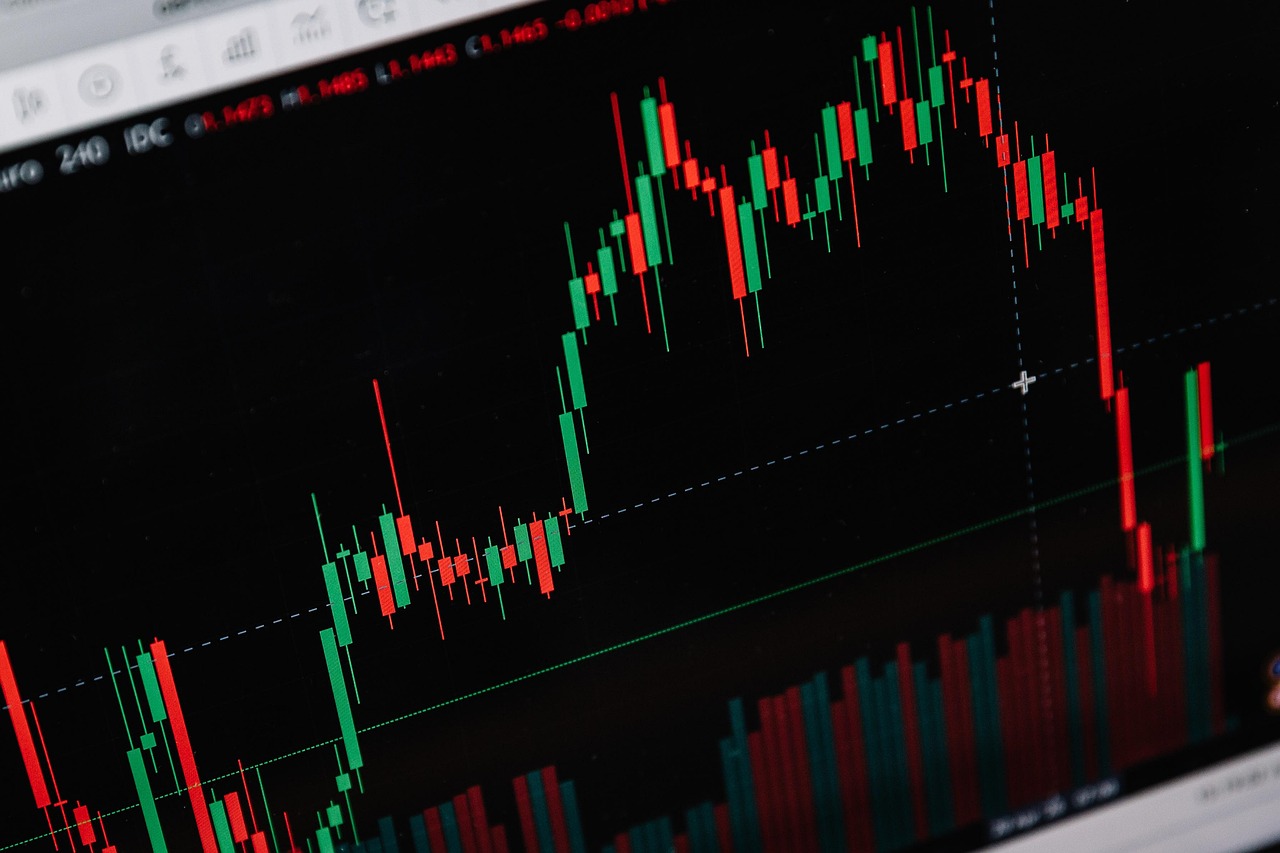The Hidden Forex Strategy Smart Traders Are Using in 2025
Let’s be honest—most forex strategies online are recycled, outdated, or just plain useless. Yet in 2025, a new wave of smart traders is quietly dominating the markets using a highly effective strategy based not on indicators, but on how the market really works.

In this article, you’ll discover a powerful, under-the-radar strategy that’s perfect for beginners and professionals alike. We’ll break it down step-by-step, so you can start applying it immediately to increase your win rate and stay ahead of the crowd.
Why Most Forex Traders Are Still Losing
The truth is hard to swallow—more than 70% of retail forex traders lose money. And it's not because the market is unfair. It's because they're using the same old strategies without really understanding price action or market psychology.
Most traders load their charts with indicators like RSI, MACD, and Bollinger Bands. While these tools can be useful, they’re all lagging indicators. That means they tell you what already happened—not what’s going to happen next.

So what's the smarter way? Simple: focus on how the market truly behaves—through structure, liquidity, and institutional manipulation.
Introducing the Market Structure & Liquidity Trap Strategy
- Market structure: Understanding trends, breakouts, and reversals.
- Liquidity traps: Areas where institutions trigger retail stop-losses before taking the real move.

Step 1: Read the Market Structure
Start by removing all indicators from your chart. Use a clean candlestick chart on the H1 or H4 timeframe. Look for:
- Higher highs and higher lows → Uptrend
- Lower highs and lower lows → Downtren
Step 2: Locate Liquidity Zones
Liquidity zones are price levels where a lot of stop-losses are placed. Smart money (banks, hedge funds, institutions) often target these areas to trigger stop-outs and enter their own trades.
- Just above a previous high or low
- At round numbers like 1.3000 or 1.0000
- Near obvious support and resistance levels

Step 3: Wait for the Trap to Trigger
Here’s the magic: After price taps into a liquidity zone, it will often fake out traders by briefly breaking the level… and then snapping back hard in the opposite direction.
Step 4: Confirm and Enter
Once the liquidity trap is confirmed by a rejection candle (like a pin bar or engulfing candle), you can enter a trade with a tight stop and a clear target.
Real-Life Example: EUR/USD Trap
Let’s say EUR/USD is in a steady uptrend. Price reaches 1.1000, a major psychological level. Suddenly, it spikes to 1.1015, breaking the previous high—and then immediately reverses with a strong bearish candle.
That’s your trap. Smart money grabbed liquidity, and now the real move begins.
You enter short at 1.1005, stop at 1.1025, and target 1.0940. That’s a 1:3 risk-reward trade with high probability.
Why This Strategy Outperforms Indicators
- Raw price action
- Key liquidity levels
- Institutional footprints
Pro Tips to Improve Success
- Use TradingView or MetaTrader with clean charts.
- Stick to 1–2 currency pairs and master their behavior.
- Always backtest on demo before going live.
- Never risk more than 2% of your capital on one trade.
- Take screenshots of every trade for review and learning.
Common Mistakes to Avoid
- Overtrading: Don’t chase the market—wait for the setup.
- Ignoring fundamentals: Avoid trading during high-impact news events.
- No plan: Always have clear rules for entry, stop-loss, and exit.
How Long Until You See Results?
Like any skill, trading takes time. But if you dedicate 30–60 minutes a day to study, practice, and review—this strategy can begin producing consistent results in a matter of weeks.
What You Need to Get Started
- A trading platform like MetaTrader 4 or TradingView
- A reliable forex broker with tight spreads
- Basic chart reading skills
- A calm mindset and willingness to learn

Final Thoughts: Trade Smart, Not Hard
The forex market isn’t a game of luck—it’s a game of understanding. By focusing on market structure and liquidity traps, you can trade in a way that aligns with how the real market operates.
No more guessing. No more indicator overload. Just clean, smart, and confident trading.
Bonus: Quick Checklist Before You Trade
Have I identified the market structure?
Did I mark liquidity zones?
Is there a confirmed trap or fake-out?
Is my stop-loss in a safe place?
Am I risking only 1-2%?